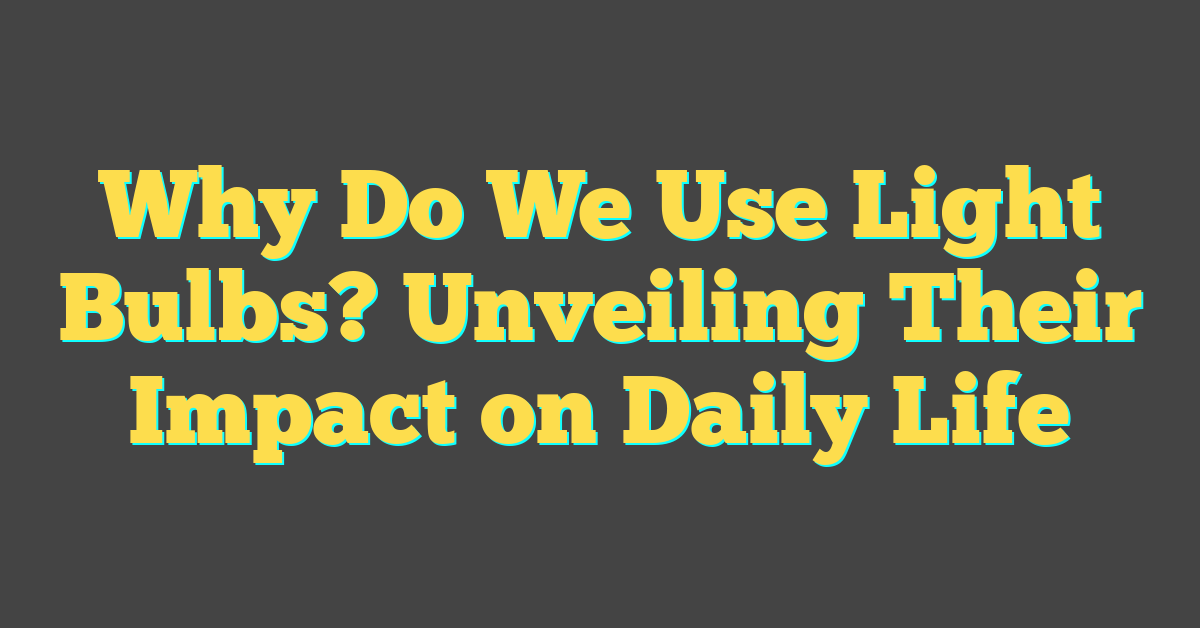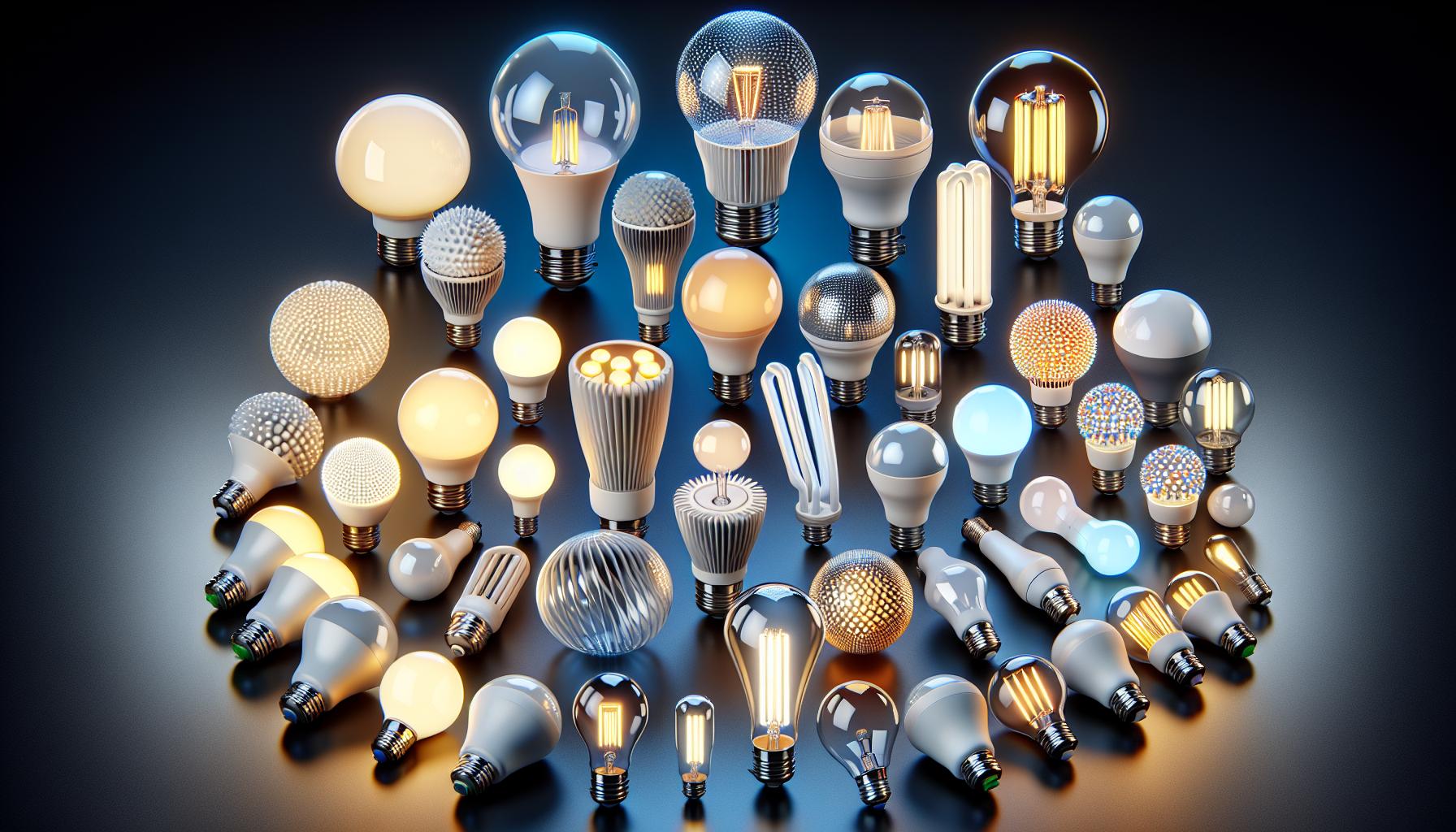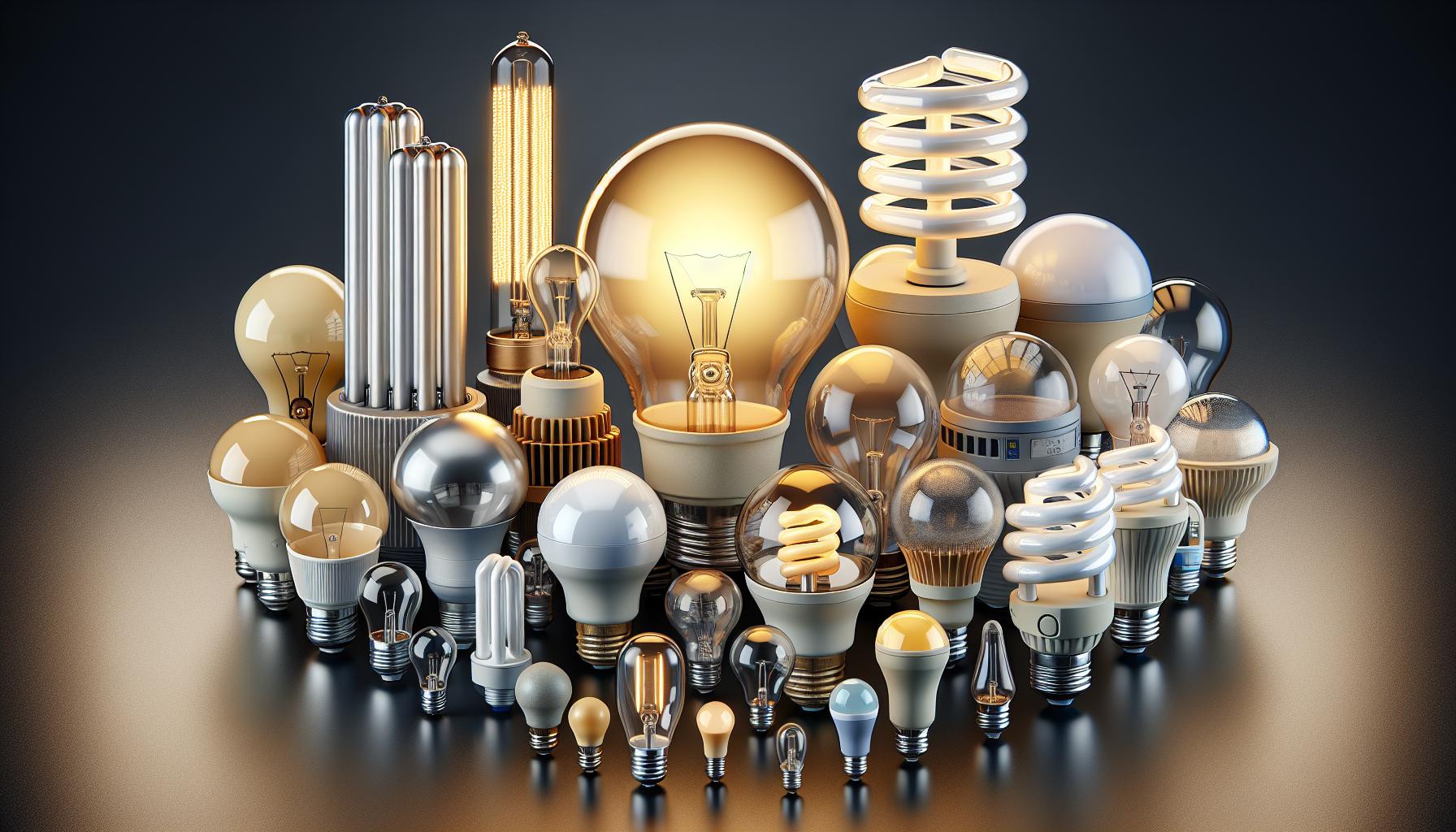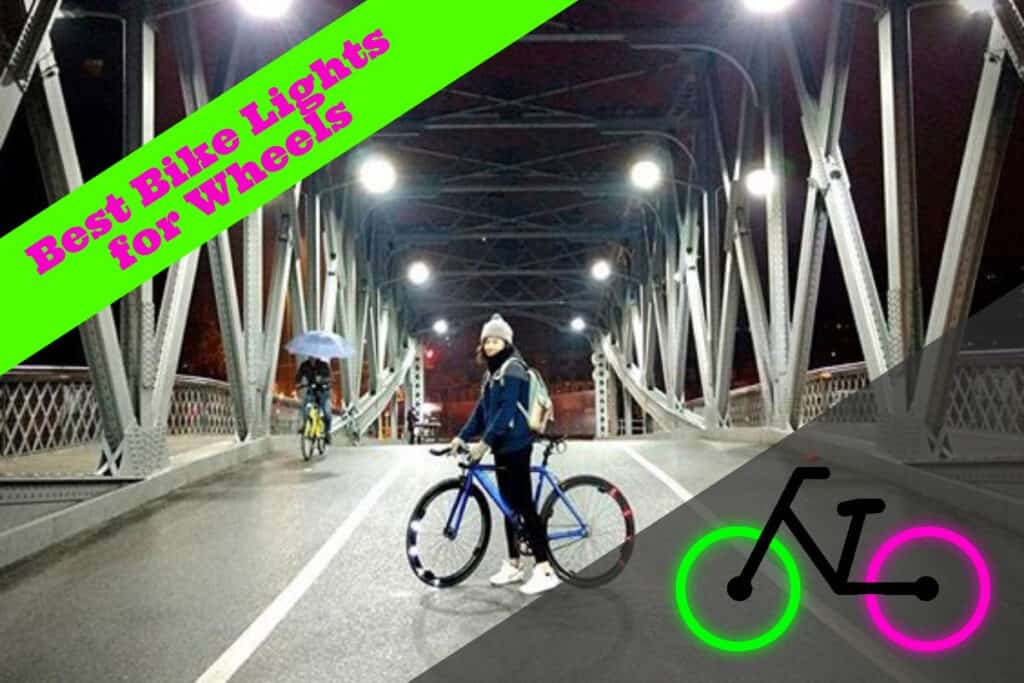Ever wondered why light bulbs have become such an integral part of your daily life? From the soft glow in your bedside lamp to the bright lights in offices and streets, they’re everywhere. They’ve transformed the way you live, work, and play, turning night into day at the flick of a switch.

But it’s not just about convenience. Light bulbs are a symbol of human innovation, a testament to your ability to harness electricity and bend it to your will. They’ve sparked revolutions in both industry and design, shaping the modern world in countless ways.
History of Light Bulbs
If you’re fascinated by how a simple twist can flood a room with light, then the storied past of the light bulb will surely captivate you. It’s a tale of ingenuity that dates back further than you might think. Before today’s sleek LED bulbs, there were humbler beginnings.
The journey began in the 1800s when pioneers like Sir Humphry Davy experimented with electric light. He created the first electric lamp by connecting voltaic piles to charcoal electrodes, which produced an arch of light known as the Electric Arc lamp. However, it wasn’t until Thomas Edison and his contemporaries entered the scene that the incandescent bulb—the type you’ve likely screwed into a lamp or ceiling fixture—truly took shape.
Edison’s work in the late 19th century, though often highlighted in history books, was part of a larger collective effort. Edison’s bulb refined the use of a carbon filament that could last over a thousand hours. His patent in 1879 wasn’t only about the bulb but an entire electrical system which would make the light bulb practical for everyday use.
As you plow through your next DIY project, consider the transformation over the years:
- 1880: Edison’s filament changes from carbon to bamboo.
- 1906: General Electric invents a process for making tungsten filaments.
- 1920s: The frosted light bulb is introduced along with adjustable power levels.
- 1930s: Fluorescent lighting emerges, brightening large spaces more efficiently.
- 1960s: Halogen light bulbs are introduced, offering a brighter, whiter light.
- 1990s: Compact fluorescent lamps (CFLs) become widely used, heralding a focus on energy efficiency.
- 2000s: LED technology revolutionizes the industry with its low energy usage and long life span.
The Invention of Light Bulbs

When you flip that switch and bask in the immediate glow of a light bulb, you’re partaking in a legacy of innovation that transformed the world. Back in the 1800s, pioneers in electrics began a quest that would ultimately lead to one of the most significant inventions of all time: the light bulb. These inventors knew that the ability to create light at the flip of a switch would be a game-changer for humanity.
Imagine life without your trusty light sources – stumbling around in dim candlelight, the endless wick-trimming, and the omnipresent risk of fire. Thankfully, these pioneers were committed to finding a better way. Thomas Edison, often credited with the invention, wasn’t the first to conceptualize electrical lighting. Still, his relentless experimentation with the carbon filament birthed a practical, durable light bulb that would become the archetype for generations of bulbs.
Edison’s incandescent bulb with a carbon filament shone for an impressive 40 hours, far surpassing previous attempts. This duration of light was unheard of, and it set a new standard in lighting. It wasn’t just about burning brighter; it was about sustainable, reliable illumination that could extend well beyond the sunset without heavy maintenance or frequent replacement.
But Edison’s invention was just the beginning. Others took the baton and ran with it, driving the evolution of the bulb:
- Tungsten Filaments offered a stronger, more efficient alternative to carbon and had a pivotal role in advancing bulb longevity.
- Frosted Bulbs emerged to diffuse light, providing a softer glow that’s easier on the eyes.
- Halogen Bulbs introduced a new efficiency with a brilliant white light.
As you embark on your DIY home projects or choose the perfect lighting ambiance for your space, you’re tapping into this rich history. With each new type of bulb – whether it’s a fluorescent or cutting-edge LED – you’re experiencing a piece of innovation shaped by countless hands dedicated to lighting up your world.
Advantages of Using Light Bulbs

When you’re in the middle of a home DIY project, the importance of good lighting can’t be overstated. Light bulbs are crucial in providing the visibility needed to get the job done accurately and safely. But that’s just scratching the surface. They do so much more than illuminate your workspace—they revolutionize the way we live.
Instant Illumination is one of the remarkable benefits of modern light bulbs. Unlike older light sources that require time to warm up or emit a steady glow, light bulbs offer the convenience of immediate brightness with a simple flick of a switch. This is particularly helpful in spaces like closets or garages where you need quick, clear visibility.
« When Do Light Bulbs Explode? Shocking Reasons & Safety Tips
When to Change Light Bulb: Unveil the Right Time to Switch »
From an aesthetic angle, light bulbs are unmatched. With various shapes, sizes, and colors, they offer you endless possibilities to enhance your home’s ambiance. Dimmable and colored bulbs can transform a room from a place of work to a place of relaxation or celebration in moments—a DIY decorator’s dream.
Safety is another significant advantage. With light bulbs, the risks associated with open flames from candles or oil lamps are eliminated. There’s less heat emanated, and with advancements such as LED technology, the risk of burns or fire is further reduced. Plus, LEDs are incredibly energy-efficient, drastically cutting electricity costs and minimizing your carbon footprint—a win for both your wallet and the planet.
Energy Efficiency and Longevity
The long lifespan of modern light bulbs, especially LEDs, means you don’t have to climb that ladder to replace them as often. Here’s a quick comparison to show you just how durable they are:
| Type | Average Lifespan |
|---|---|
| Incandescent | 1,000 hours |
| CFL | 8,000 hours |
| LED | 25,000 hours |
With statistics like these, it’s easy to see why transitioning to more advanced light bulbs is a wise choice. Not only do they save time, they’re better for the environment since you’re using and throwing away fewer resources.
Different Types of Light Bulbs

When you’re ready to brighten up your space, knowing the types of light bulbs available can help you make the best choice for your needs. Let’s dive into the most popular ones you’ll find in the market.
Incandescent bulbs are the traditional ones that you might be most familiar with. They produce a warm glow and create a cozy atmosphere. However, they’re not as energy-efficient as other types on this list.
Next, we have halogen bulbs, a type of incandescent that’s more efficient and longer-lasting. They’re great for task lighting due to their bright, white light. Just remember that they can run hot, so they might not be your first pick for a child’s room.
Compact Fluorescent Lamps (CFLs) are a game-changer in terms of energy saving. They use about 70% less energy than incandescent bulbs and last much longer. If you’re looking to cut down on your energy bills, CFLs are a smart move. Do keep in mind they contain a small amount of mercury, so they require proper disposal.
Venturing into the realm of high efficiency, you’ll find Light Emitting Diodes (LEDs). They’re in the limelight for several reasons:
- They use about 75% less energy than incandescent bulbs.
- They can last up to 25 times longer!
Here’s a quick comparison of their average lifespans and energy savings:
| Bulb Type | Average Lifespan (hours) | Energy Savings |
|---|---|---|
| Incandescent | 1,000 | – |
| Halogen | 1,000-3,000 | – |
| CFL | 8,000-15,000 | 70% |
| LED | 25,000-50,000 | 75% |
Lastly, you might also consider smart bulbs. These are typically LED-based and can be controlled via smartphone apps or smart home assistants. The customization options for brightness, color temperature, and even colors can enhance the functionality and mood of any room in your home.
Impact of Light Bulbs on Society

When you flip that switch, you’re doing more than just illuminating a room; you’re tapping into a revolution that’s transformed how society functions. Light bulbs have extended our days beyond the natural sunlight, and this has had a profound impact on productivity and lifestyle.
Before electric lighting, activities were limited by the daylight hours. Can you imagine ending your day at sunset? That was the norm until the light bulb became a household staple. Now, you can cook, read, and work any time you choose. This flexibility has been a game-changer for businesses too, allowing 24/7 operations.
Moreover, the advent of different light bulb technologies has brought about a surge in energy efficiency. Remember the types of bulbs earlier discussed—LEDs and CFLs? These aren’t just about saving on your energy bill; they’re about reducing the carbon footprint. And with the introduction of smart bulbs, you’re entering an era of customization and control like never before. You can adjust brightness, change colors, and set schedules, all of which contribute to smarter energy consumption.
Let’s also talk about safety. Street lights and outdoor lighting haven’t just made our environments more secure; they’ve transformed our cities. Illuminated signs guide you while driving at night, and well-lit streets deter crime. Light has become a subtle guardian, providing comfort when you walk your dog after dark or when you’re getting home late.
Light bulbs are an unsung hero in healthcare too. Without proper lighting, surgeons wouldn’t be able to perform intricate procedures at all hours. And in regions with limited daylight during winter, artificial lighting works to combat Seasonal Affective Disorder (SAD), improving the mood and wellbeing of millions.
As you delve into your next home DIY project or consider the right lighting for a cozy reading nook, remember the broader scenario. Each bulb you screw in is a testament to human ingenuity, a piece of a larger narrative shaping our daily lives and society at large.
Conclusion
So there you have it! You’ve seen just how integral light bulbs are to your everyday life, from stretching out the day to revolutionizing how you work and play. They’re not just about illumination; they’re the unsung heroes in safety, healthcare, and urban development. It’s clear that these glowing beacons do more than just light up a room—they light up our world. And with the ever-evolving technology behind them, you can bet they’ll continue to shine bright for years to come. Keep flipping that switch and bask in the glow of one of humanity’s brightest ideas.
Frequently Asked Questions
What impact have light bulbs had on society?
Light bulbs have revolutionized society by extending our active hours past sunset, increasing productivity, and allowing for more flexibility in our daily routines.
How do different light bulb technologies contribute to energy efficiency?
Technologies like LEDs and CFLs use significantly less energy compared to traditional incandescent bulbs, which contributes to greater energy efficiency and lower utility bills.
What are smart bulbs?
Smart bulbs are advanced lightbulbs that can be controlled remotely through smartphones or smart home systems, often offering features like scheduling, color change, and integration with other smart home devices.
How do light bulbs enhance safety?
Light bulbs contribute to safety by illuminating dark areas, reducing the risk of accidents and deterring crime by providing well-lit environments.
How have light bulbs transformed cities?
Light bulbs have played a crucial role in urban development by enabling 24/7 activity in cities, supporting economic growth, and improving the aesthetics and functionality of urban landscapes.
What is the role of light bulbs in healthcare?
In healthcare, light bulbs are essential for various medical examinations and procedures, and they also support patient care by regulating circadian rhythms with appropriate lighting.
Why are light bulbs significant in our daily lives?
Light bulbs are significant because they shape our day-to-day experiences, from creating comfortable home environments to enabling productivity and enhancing the overall quality of life.




